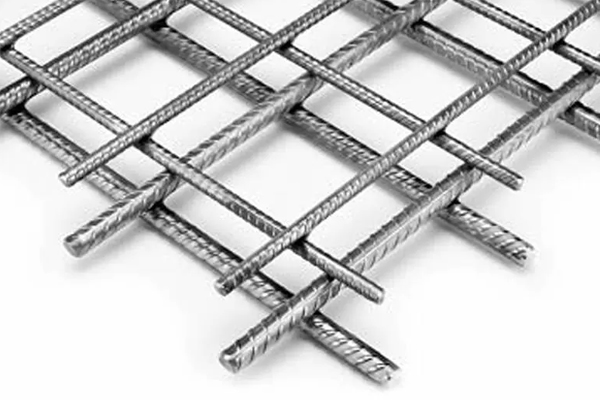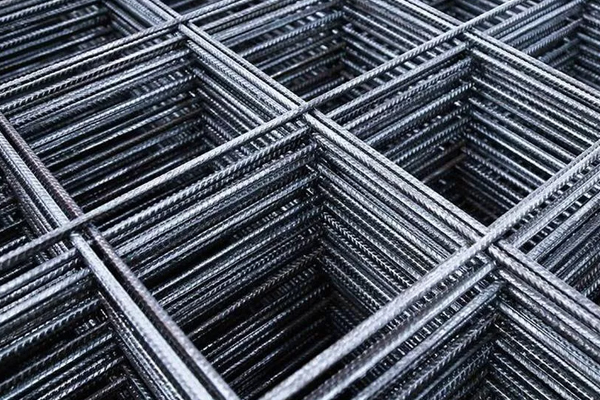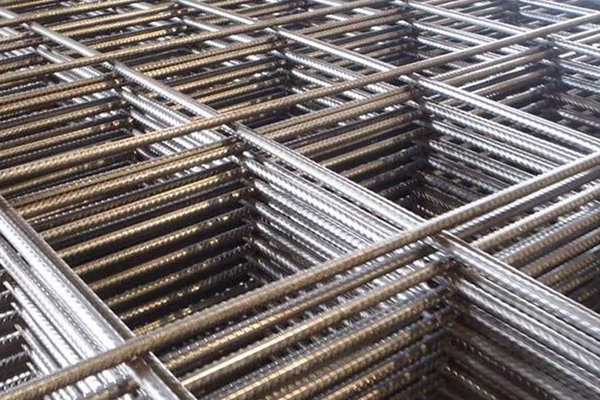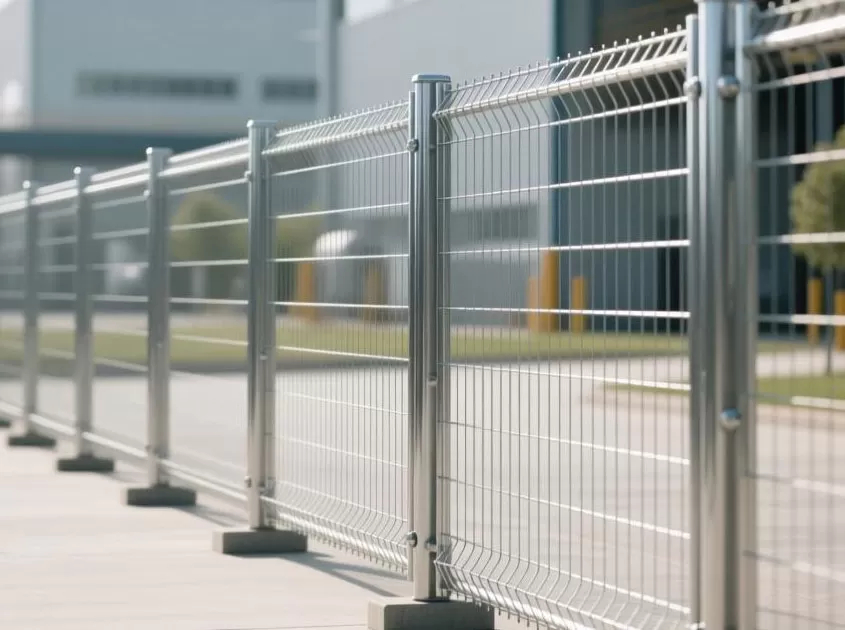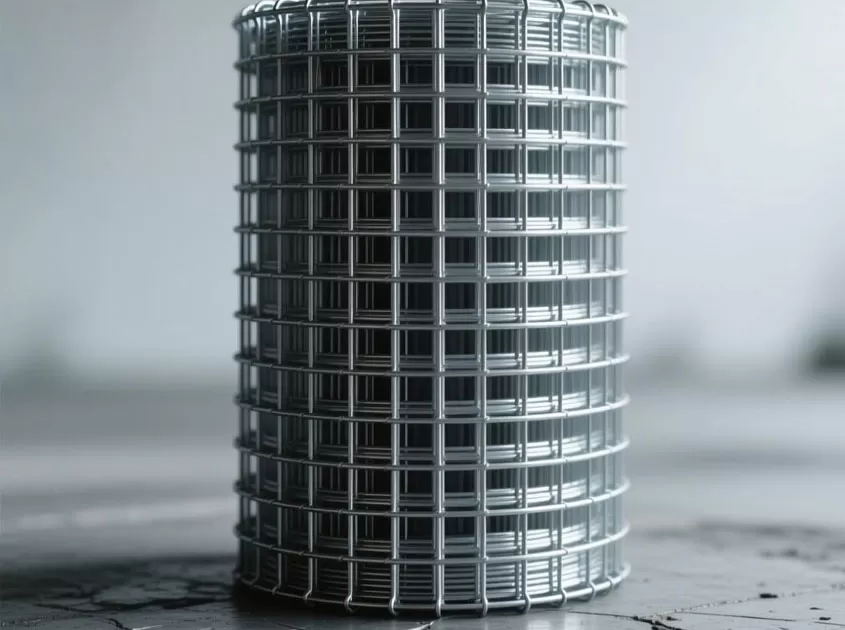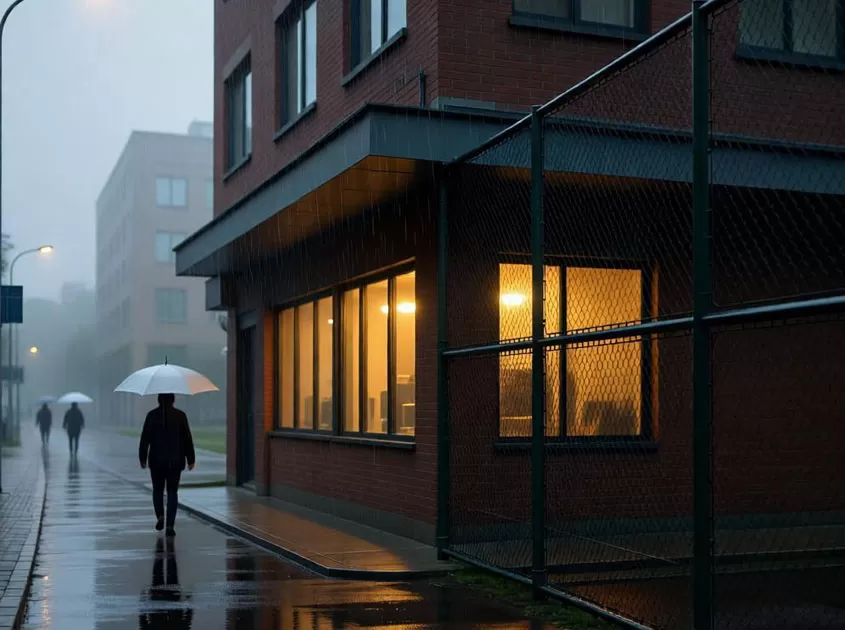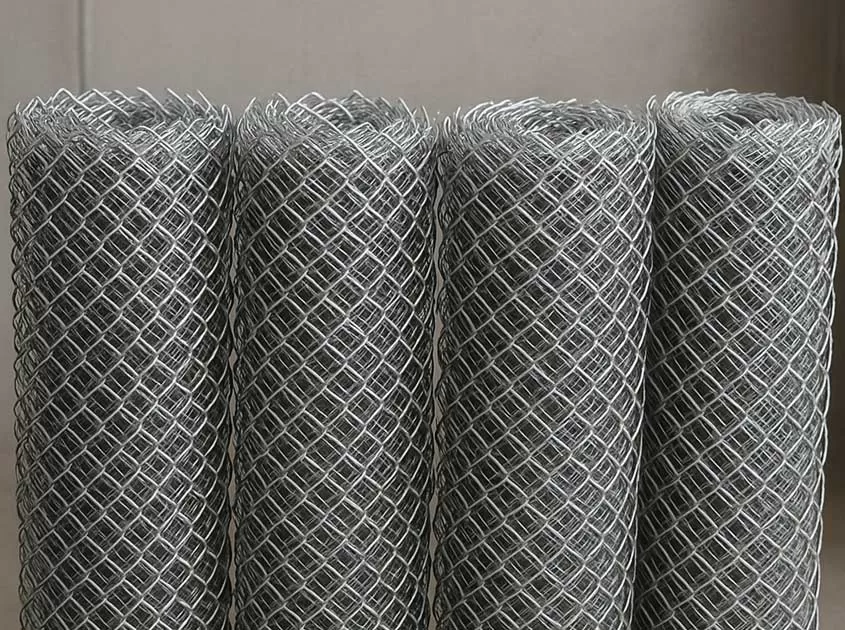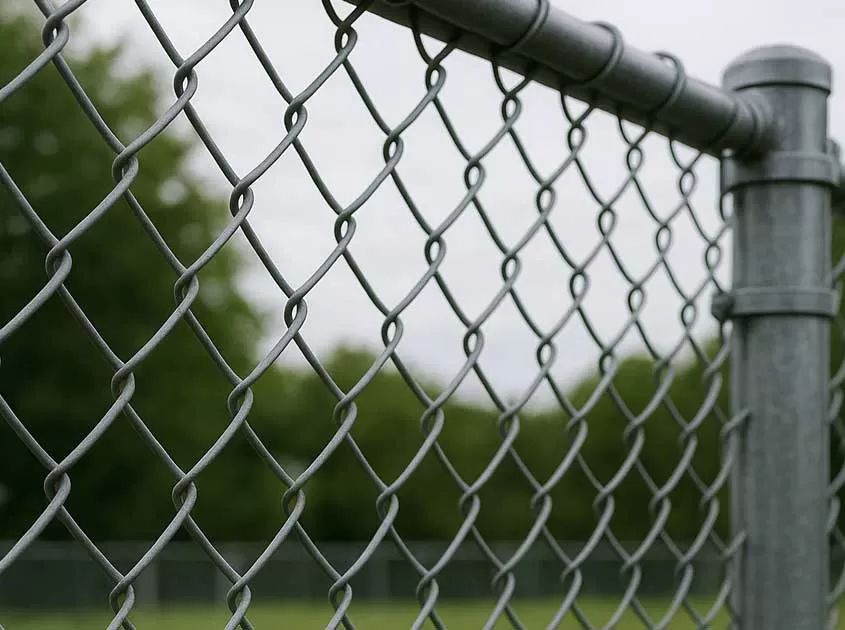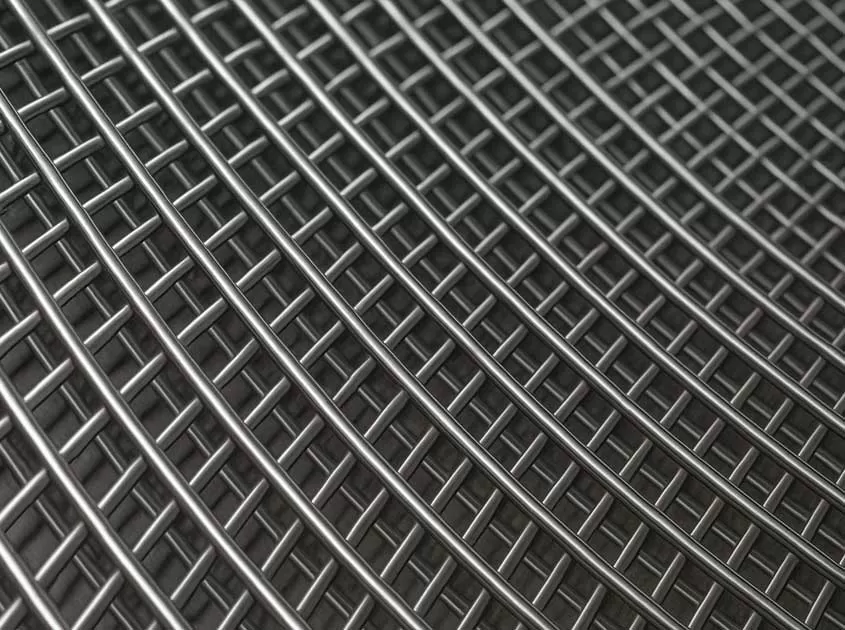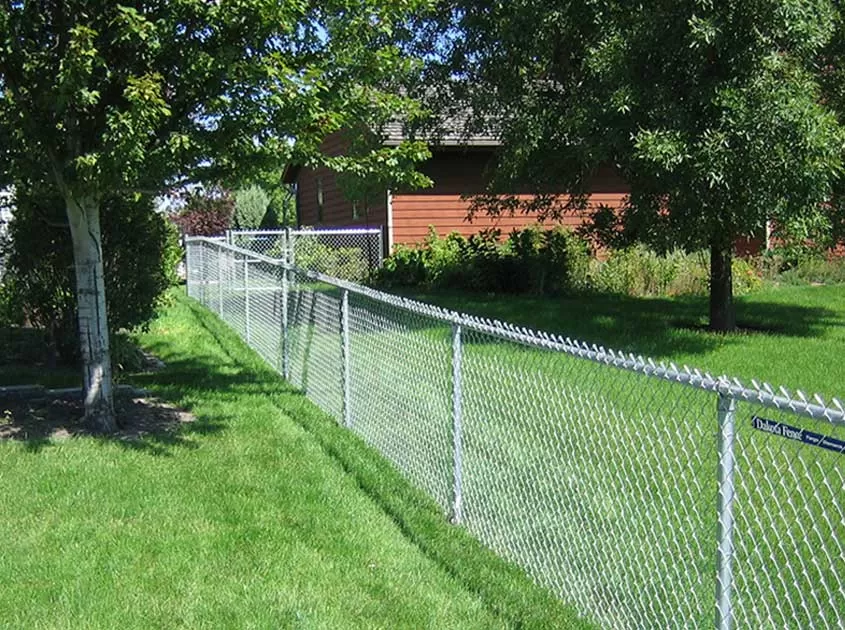Do I Need Concrete Reinforcing Mesh?
Concrete reinforcing mesh, also known as steel mesh or wire mesh, is a vital
component in many construction projects. Its primary function is to provide
additional strength and durability to concrete structures, reducing the risk of
cracking and enhancing load-bearing capacity. Whether you need concrete
reinforcing mesh for your project depends on several factors, including the type
of project, environmental conditions, and specific structural requirements.
The Purpose of Concrete Reinforcing Mesh
Concrete is inherently strong in compression but weak in tension. This means it can withstand heavy loads pushing down on it but is susceptible to cracking and breaking when forces act to pull it apart. Reinforcing mesh helps counteract this weakness by providing tensile strength, distributing loads more evenly, and reducing the likelihood of cracks forming due to shrinkage, temperature changes, or load-induced stress.
Types of Projects That Benefit from Reinforcing Mesh
Foundations and Slabs:
Residential Floors: In homes, mesh is often used in floor slabs to prevent cracking due to soil movement or heavy loads.
Commercial Floors: Industrial and commercial floors, which endure heavier loads and more traffic, benefit greatly from the added strength of reinforcing mesh.
Driveways and Pavements:
Driveways: Mesh is recommended for driveways to handle the weight of vehicles and prevent cracking from temperature fluctuations.
Sidewalks and Patios: For outdoor concrete surfaces exposed to the elements, reinforcing mesh helps maintain integrity and appearance over time.
Walls and Columns:
Retaining Walls: These walls need extra strength to hold back soil and resist pressure, making mesh a crucial component.
Columns and Beams: Structural elements like columns and beams in buildings benefit from the additional tensile strength provided by mesh.
Swimming Pools and Water Features:
Mesh reinforces pool walls and floors, ensuring they withstand the pressure of water and prevent leaks.
Large Infrastructure Projects:
Bridges and Highways: These structures require substantial reinforcement to handle dynamic and static loads.
Tunnels and Dams: Mesh helps in distributing forces and providing stability in massive concrete structures.
Environmental Considerations
Temperature Fluctuations:
In regions with significant temperature variations, concrete can expand and contract, leading to cracking. Reinforcing mesh mitigates this issue by holding the concrete together and distributing stress evenly.
Soil Conditions:
Areas with unstable or expansive soils may cause concrete to move or crack. Mesh provides the necessary tensile strength to counteract soil movement and maintain structural integrity.
Seismic Activity:
In earthquake-prone areas, reinforcing mesh helps absorb and distribute seismic forces, reducing the risk of catastrophic failure.
Economic Considerations
While reinforcing mesh adds to the initial cost of a project, it can lead to significant long-term savings. By preventing cracks and structural failures, mesh reduces maintenance and repair costs. It also enhances the lifespan of the concrete structure, providing better value over time.
Installation and Practicality
Reinforcing mesh comes in various sizes and configurations, making it adaptable to different project needs. It's relatively easy to install, either by laying it down before pouring the concrete or embedding it during the pour. Proper placement and securing of the mesh are crucial for maximizing its benefits.
Conclusion
Deciding whether you need concrete reinforcing mesh depends on the specific requirements of your project, environmental conditions, and long-term durability goals. For most structural applications—especially those subject to heavy loads, temperature fluctuations, soil movement, or seismic activity—reinforcing mesh is a wise investment. It enhances the strength, durability, and lifespan of concrete structures, providing both immediate and long-term benefits that justify the initial cost. Consulting with a structural engineer can provide further insight into the necessity and specifications of reinforcing mesh for your particular project.
Need Quality Reinforcing Steel Mesh? Choose QUNKUN METAL
When you're planning your next concreting project, don't look past your mates at QUNKUN METAL.
Do you want to receive more information about concrete reinforcing mesh china? Then we are happy to answer your questions. Just shoot us an email at sales@qunkunmetal.com and we’ll be happy to help.
-
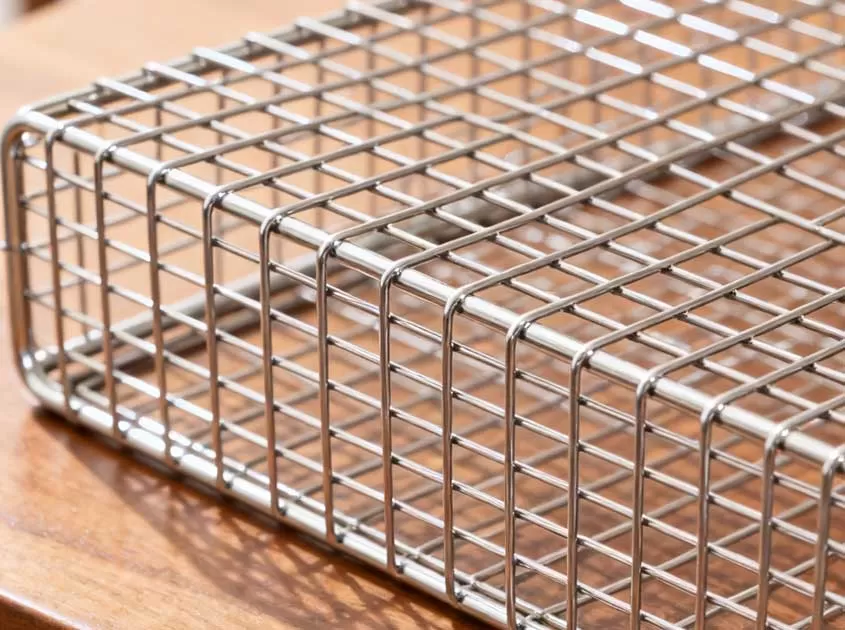 Corrosion-Resistant Stainless Steel Wire Mesh Oct 28, 2025
Corrosion-Resistant Stainless Steel Wire Mesh Oct 28, 2025

- Tel.: +86 311 83077076
- E-mail: sales@qunkunmetal.com
- Skype: qunkunsales01
- WhatsApp: 8618032412189
- Add.: No.69 The Filter Industrial Part of Anping, Hebei, China




